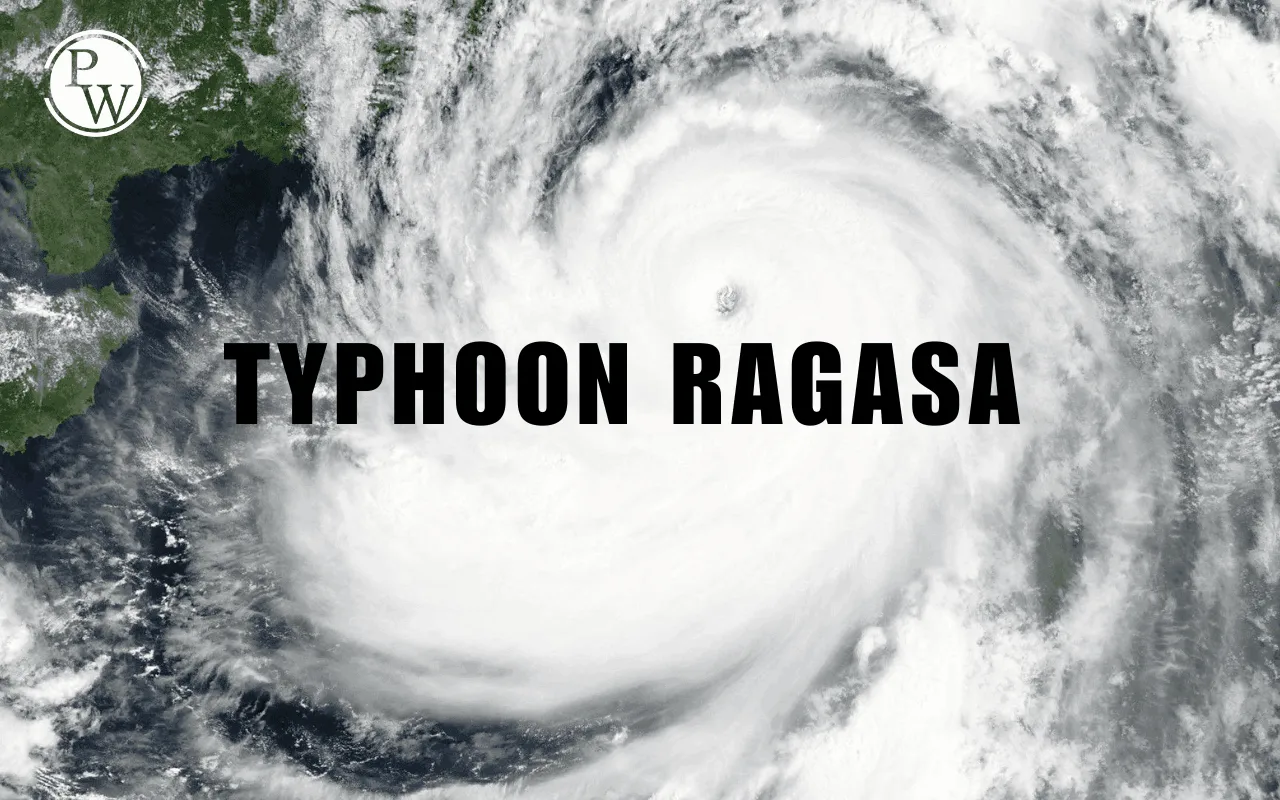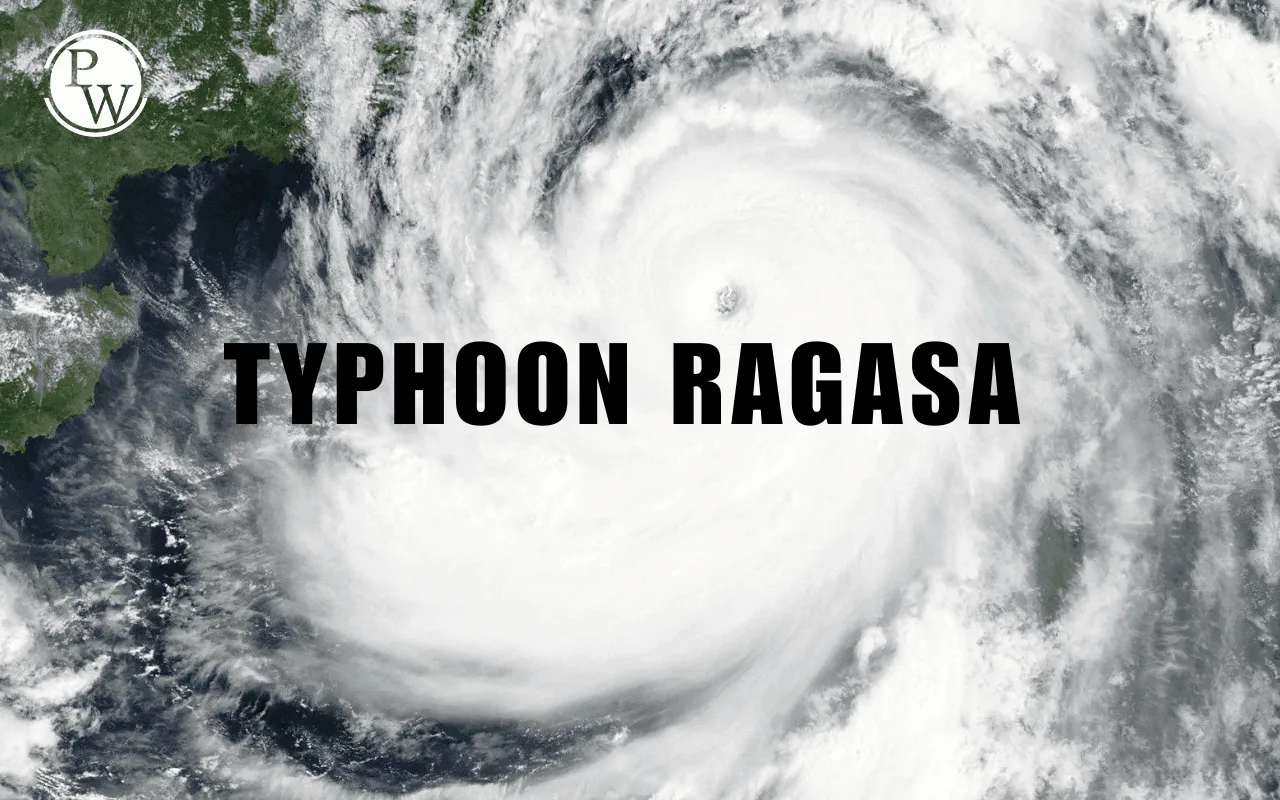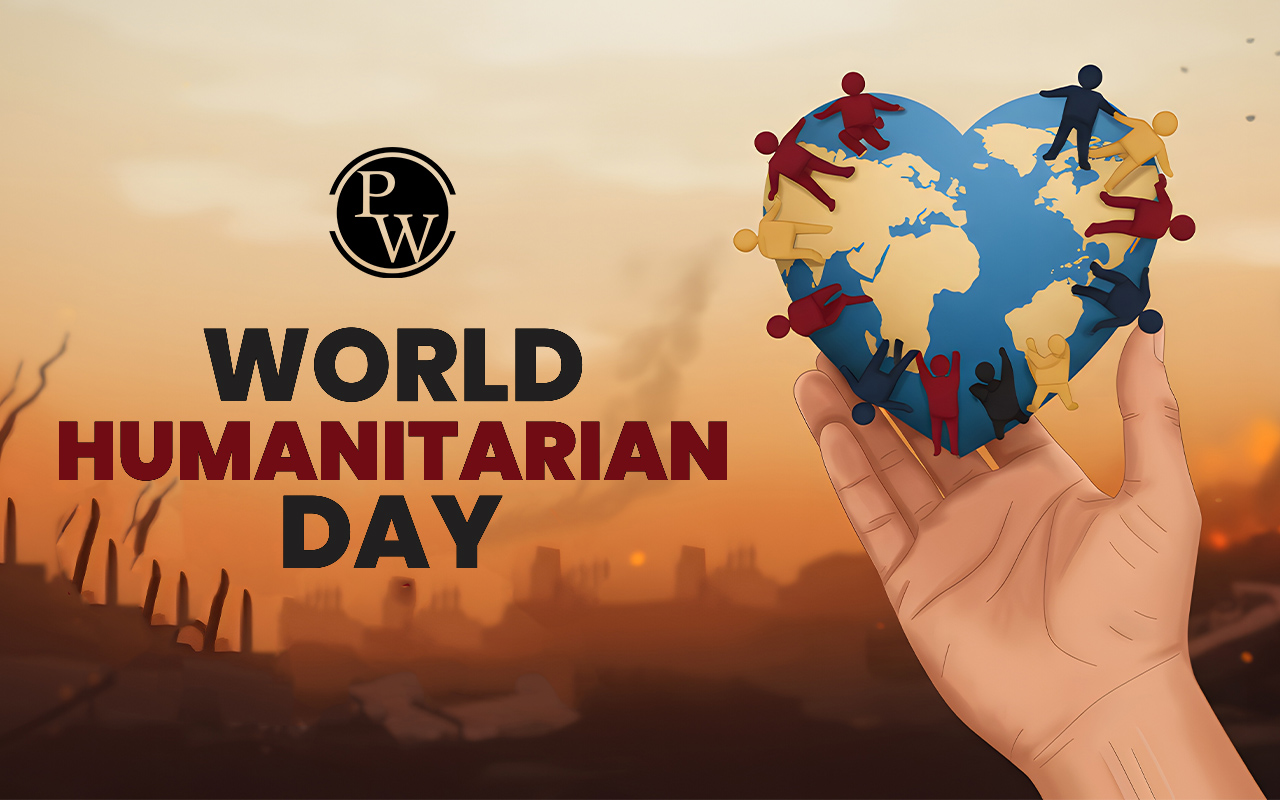

Typhoon Ragasa: Several regions in the Philippines, Taiwan, China, and Hong Kong were hit by a super typhoon named ‘Ragasa’, resulting in heavy rainfall and widespread damage. It is referred to as a powerful super typhoon in 2025, classified as a Super Typhoon. The maximum sustained wind speed near the eye of the cyclone was reported to be around 260 km/h.
The Super Typhoon Ragasa is the most powerful storm of the year that ravaged the South China region. Nearly two million people were evacuated from Guangdong province ahead of landfall, and a red alert was issued for storm surges and dangerous tides.
Typhoon Ragasa Affected Areas
The Super Typhoon Ragasa was classified as a Category 5 Typhoon with sustained winds and gusts above the speed of 250 km/h. Such typhoons are locally termed as ‘Nando’.
-
The tropical cyclone has severely affected the northernmost regions of Luzon in the Philippines and in Taiwan. It is currently affecting several regions in South China, Hong Kong, and Macau.
-
Typhoon Ragasa is currently expected to move west-northwest at a speed of 22 km/h across the northern parts of the South China Sea and closer to the coast of Guangdong province.
-
Ragasa generated extensive flooding and landslides in the Philippines, Taiwan and Hong Kong. Typhoon Ragas Hong Kong Update reported at least 28 fatalities and 133 injuries, with 17 reported missing from a breach of the Matai'an Creek Barrier Lake in Taiwan.
Typhoon Ragasa Tracker
Typhoon Ragasa originated from an area of convection north of Yap that developed into a tropical depression on September 17. It gradually intensified over the next two days, becoming a typhoon on September 19.
-
Typhoon Ragasa Path made landfall over Hailing Island in Yangjiang, Guangdong Province, in southern China.
-
Typhoon Ragasa today caused widespread damage, sweeping away humans, cars, roads, and even bridges in its path in Taiwan, Hong Kong, the Philippines and southern China.
-
Typhoon Ragasa Hong Kong is moving gradually away from the region but continues to lash the city with hurricane-force winds, while making its way toward Guangdong, China.
What is a Super Typhoon
A super typhoon is a very violent storm similar to that of a Category 5 hurricane. The wind speeds can reach up to 260 km/h and more. Such typhoons generally form in the Western Pacific Ocean, closer to the regions in China, Japan, and the Philippines.
-
The name Ragas was given by the Japan Meteorological Agency (JMA) after the wind system was upgraded to a tropical storm.
-
Ragasa later made landfall over Panuitan Island in Calayan, Cagayan, bringing heavy rains and strong winds over the area and Northern Luzon.
Tropical Cyclones
Tropical cyclones are powerful storms that form over warm oceans. They bring very strong winds, heavy rains, and high sea waves. Tropical cyclones form only when certain conditions are present. These natural factors provide energy to the storm and help it grow. The conditions for the formation of a tropical cyclone are as follows:
-
Warm Ocean Water – The sea surface must be at least 27°C or more.
-
Moist Air – High humidity in the atmosphere is needed to supply water vapour.
-
Low Pressure Area – Cyclones begin where the air pressure is very low.
-
Coriolis Effect – The Earth’s rotation helps the winds spin in a circular pattern.
-
Calm Winds at High Levels – If upper-level winds are calm, the storm can grow stronger.
Classification of Cyclones
Tropical cyclones are classified based on their wind speed and strength. The detailed classification of cyclones based on wind speed is provided in the table below:
| Classification of Cyclones | ||
| Category | Wind Speed | Characteristics |
| Tropical Depression | Less than 63 km/h | Weak system with clouds and rain |
| Tropical Storm | 63–118 km/h | Strong winds, heavy rainfall |
| Severe Cyclone | 119–165 km/h | Can damage houses and trees |
| Very Severe Cyclone | 166–220 km/h | Widespread destruction |
| Super Cyclone | More than 220 km/h | Extremely dangerous, causes massive loss |
Nomenclature of Cyclones
Cyclones are named to make communication easier. Simple names help people quickly recognise and remember the storm.
-
Names are chosen from a pre-decided list prepared by different countries.
-
The World Meteorological Organisation (WMO) manages the naming system.
-
Each cyclone gets a unique name to avoid confusion.
-
Example: Cyclones like Amphan, Titli, and Fani were named by countries in the Indian Ocean region.
Different Names for Tropical Cyclones
Tropical cyclones are known by different names in various parts of the world. This happens because of regional languages and traditions. All these names refer to the same type of storm, but they vary based on the region.
-
Hurricane – Name used in the Atlantic Ocean and the Northeast Pacific Ocean.
-
Typhoon – Name used in the Northwest Pacific Ocean near East Asia.
-
Cyclone – Name used in the Indian Ocean and South Pacific Ocean.
-
Willy-Willy – Name used in Australia.
Cyclones in India UPSC
Cyclones are very important for India because the country has a long coastline. They are often asked in UPSC and other competitive exams. For UPSC preparation, focus on formation conditions, classification, naming, and India’s cyclone management strategies.
-
Coastline Impact – India has more than 7,500 km of coastline, making it prone to cyclones.
-
Cyclone Seasons – They mainly occur between April-June and September-November.
-
Bay of Bengal – Most Indian cyclones form here because the water is warm and conditions are favourable.
-
Arabian Sea – Fewer cyclones form here compared to the Bay of Bengal.
-
Disaster Management – India uses satellites, warnings, and rescue teams to reduce damage.
-
Important Cyclones in India – Odisha Super Cyclone (1999), Cyclone Amphan (2020), Cyclone Tauktae (2021).
Typhoon Ragasa FAQs
What is Typhoon Ragasa?
Which areas were most affected by Typhoon Ragasa?
Why was Typhoon Ragasa classified as a Super Typhoon?
How did Typhoon Ragasa impact people and infrastructure?
Where did Typhoon Ragasa originate from?











